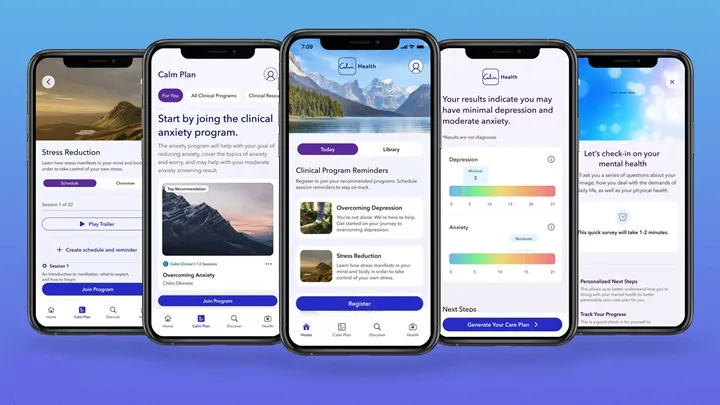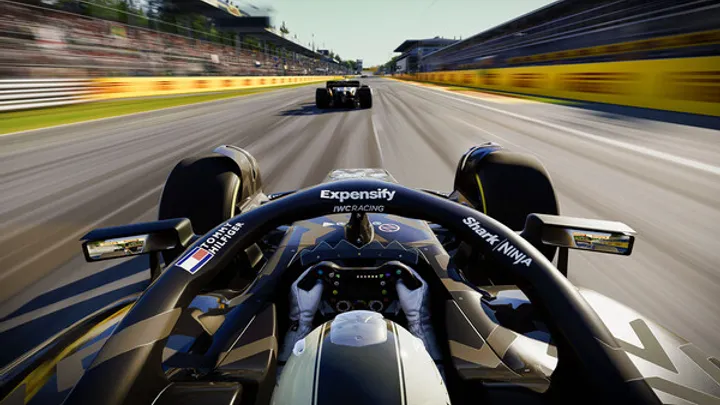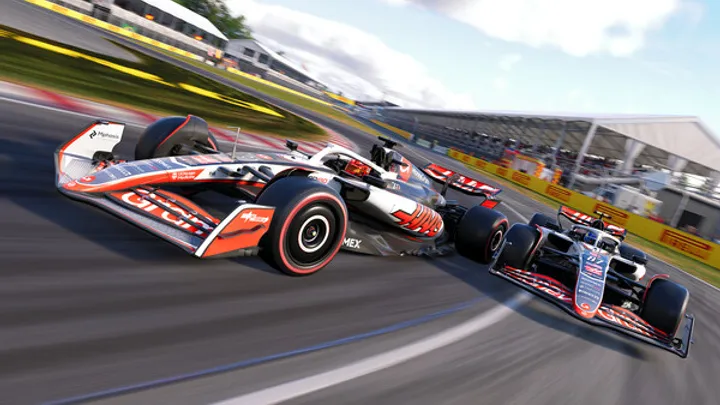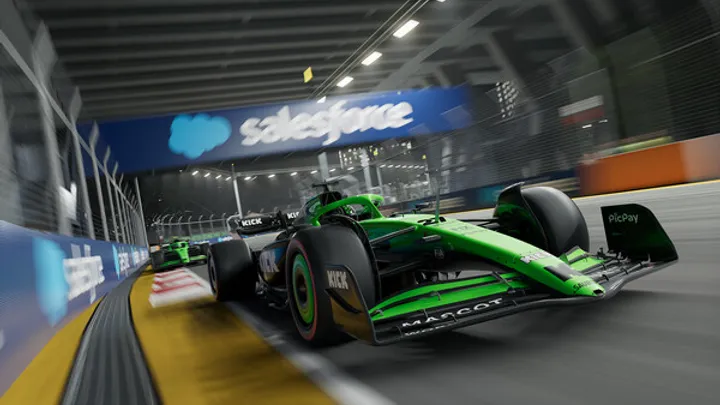F1® 25 is the most advanced installment in the EA Sports Formula 1 series, offering a hyper-realistic racing experience with refined physics, dynamic weather, and expanded career options. Whether you're a newcomer or a seasoned sim racer, mastering F1® 25 requires more than just speed—it demands strategic thinking, technical setup, and adaptability. This guide breaks down the journey into 10 progressive sections, covering everything from hardware calibration to post-race analysis. With detailed tips, system breakdowns, and gameplay insights, you’ll be equipped to dominate every lap and build a legacy on the grid.
1. Calibrate Your Hardware for Precision Before hitting the track, ensure your racing setup is dialed in. Whether you're using a controller or a racing wheel, calibration affects responsiveness and immersion. For wheel users, update firmware via Fanatec Control Panel or MOZA Pit House and adjust force feedback settings for realistic handling.
PC players should optimize frame rates and input latency by adjusting graphics settings and enabling V-Sync or DLSS. Console users can toggle between performance and resolution modes to suit their preferences.
Tips:
- Secure your wheel and pedals to avoid drift
- Test input sensitivity in time trial mode
- Use performance mode for smoother gameplay
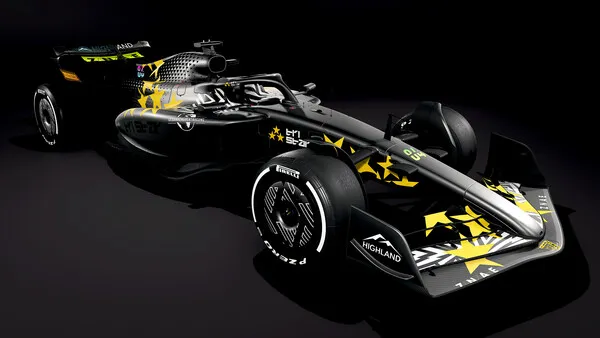
2. Choose the Right Driving Assists F1® 25 offers a range of assists to tailor the experience. Beginners may benefit from traction control, ABS, and automatic gears, while veterans can disable these for full control. The new adaptive AI system adjusts difficulty based on your performance.
Gradually reduce assists as you improve to unlock faster lap times and better car control. Use braking assist only during early practice sessions to learn cornering lines.
Recommended Assist Settings:
- Start with medium traction control
- Use dynamic racing line for learning tracks
- Disable braking assist once confident
3. Learn Track Layouts and Braking Zones Track knowledge is essential. Use time trial mode to memorize braking points, apexes, and DRS zones. Each circuit has unique characteristics—Monaco demands precision, while Monza rewards straight-line speed.
Practice sector by sector and use telemetry data to identify weak points. Pay attention to elevation changes and curb behavior, especially in wet conditions.
Track Mastery Checklist:
- Identify key overtaking zones
- Practice in dry and wet conditions
- Use ghost data to compare lap times
4. Master Car Setup and Tuning Car setup affects handling, tire wear, and speed. Adjust downforce, suspension, and differential settings based on track demands. High downforce suits twisty circuits; low downforce benefits high-speed tracks.
Use the setup library or community presets as a starting point. Test changes in practice sessions and monitor tire temperatures and wear rates.
Setup Essentials:
- Balance front/rear downforce for stability
- Adjust brake bias for corner entry control
- Tune suspension for curb absorption
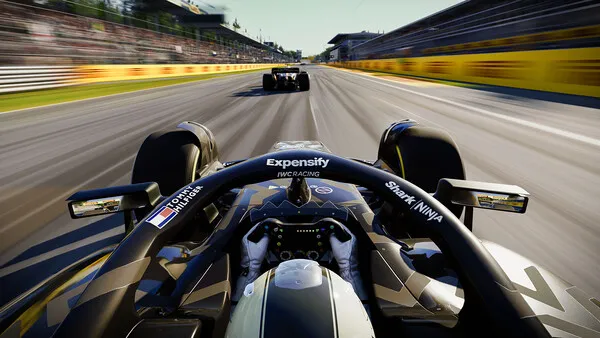
5. Optimize Race Strategy and Pit Stops Strategy wins races. Choose tire compounds based on weather and race length. Softs offer speed but degrade quickly; hards last longer but lack grip. Monitor tire wear and fuel consumption during the race.
Pit timing is crucial—undercuts can gain positions, while overcuts work in traffic. Use the race engineer to adjust strategy dynamically.
Strategy Tips:
- Use medium tires for balanced performance
- Pit early if stuck in traffic
- Save fuel during safety car periods
6. Understand Tire Management and ERS Tire degradation affects grip and lap times. Avoid aggressive steering and braking to extend tire life. Use tire data overlays to monitor wear and adjust driving style accordingly.
ERS (Energy Recovery System) adds tactical depth. Deploy energy in overtaking zones and recharge during low-speed sections. Use automatic ERS mode until comfortable with manual deployment.
Management Tips:
- Avoid wheelspin to reduce tire wear
- Use ERS boost on straights
- Recharge ERS in corners
7. Navigate Dynamic Weather and Track Evolution F1® 25’s dynamic weather system changes race conditions in real time. Rain affects visibility, grip, and strategy. Switch to intermediates or wets when needed and adjust brake bias and throttle sensitivity.
Track evolution improves grip over time. Early laps may feel slippery, so adapt your setup and driving style as rubber builds up.
Weather Tips:
- Watch radar for incoming rain
- Use higher downforce in wet conditions
- Adjust tire pressure for changing grip
8. Build Your Career and Team Legacy Career mode lets you start as a rookie or team leader. Choose a team based on performance goals and resource points. Complete practice programs to earn upgrades and improve car performance.
Manage R&D development across powertrain, chassis, and aerodynamics. Balance short-term gains with long-term investment. Use press interviews to shape your reputation.
Career Tips:
- Focus on consistent finishes early
- Invest in durability upgrades
- Build team morale through performance
9. Compete Online and Join Leagues Online racing in F1® 25 includes ranked races, custom lobbies, and co-op career mode. Use clean driving to avoid penalties and build safety rating. Join Discord communities or racing leagues for structured competition.
Customize your car livery and avatar to stand out. Use voice chat for team coordination and race strategy.
Online Tips:
- Avoid divebombing and unsafe re-entry
- Respect blue flags and track limits
- Practice qualifying pace for grid position
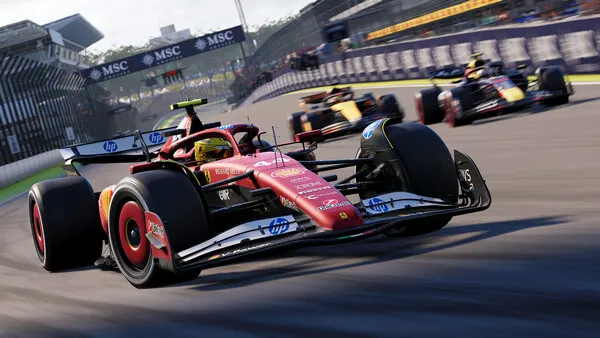
10. Analyze Post-Race Data and Improve After each race, review telemetry and lap data. Identify braking inconsistencies, throttle application, and cornering speed. Use replay mode to study overtakes and mistakes.
Adjust setups and strategy based on findings. Track your progress over time and set goals for improvement.
Analysis Tips:
- Compare sector times with rivals
- Use telemetry to refine braking points
- Save replays for future reference
Conclusion F1® 25 offers a deep and rewarding racing experience, but mastery requires dedication and strategic thinking. From hardware setup to post-race analysis, every detail matters. This guide provides a structured path to improvement, helping you unlock faster lap times, smarter strategies, and a fulfilling career. Whether you're chasing podiums or building a legacy, the road to success starts here.













